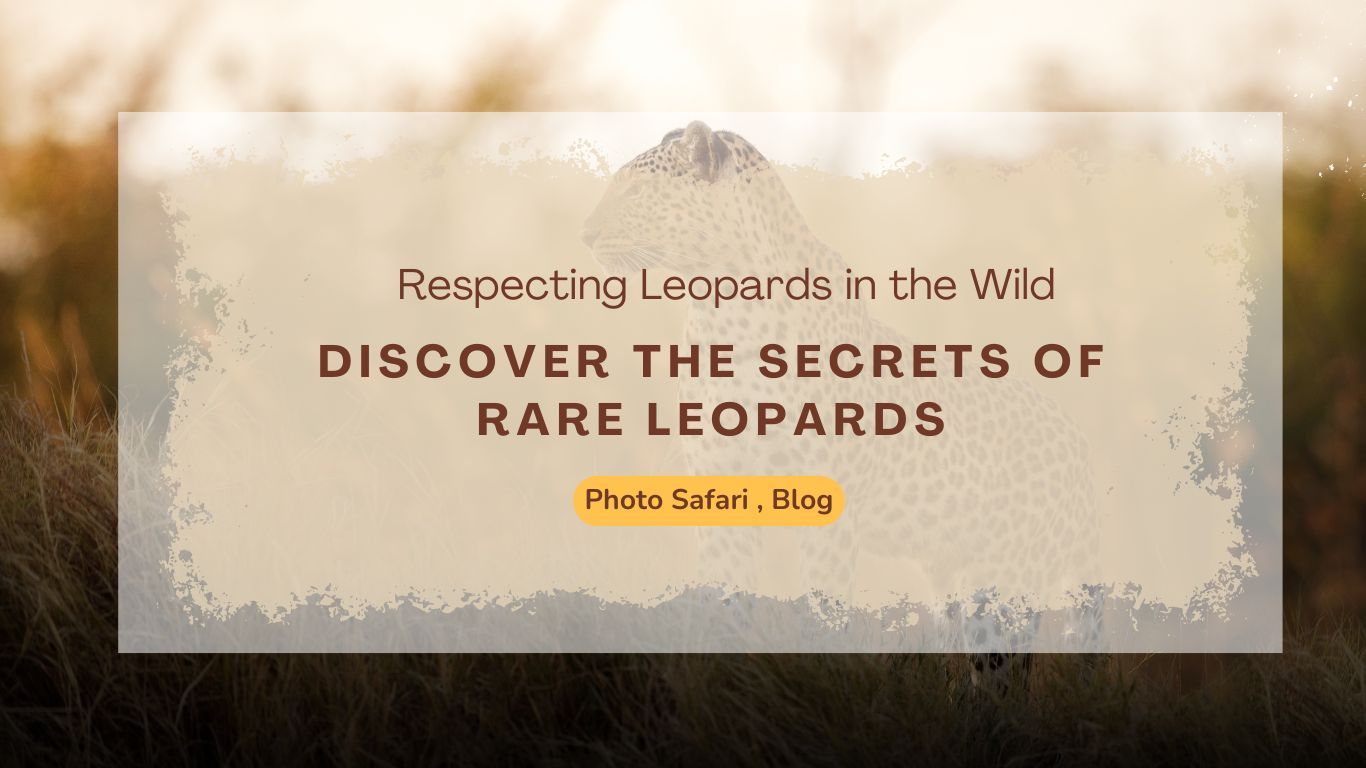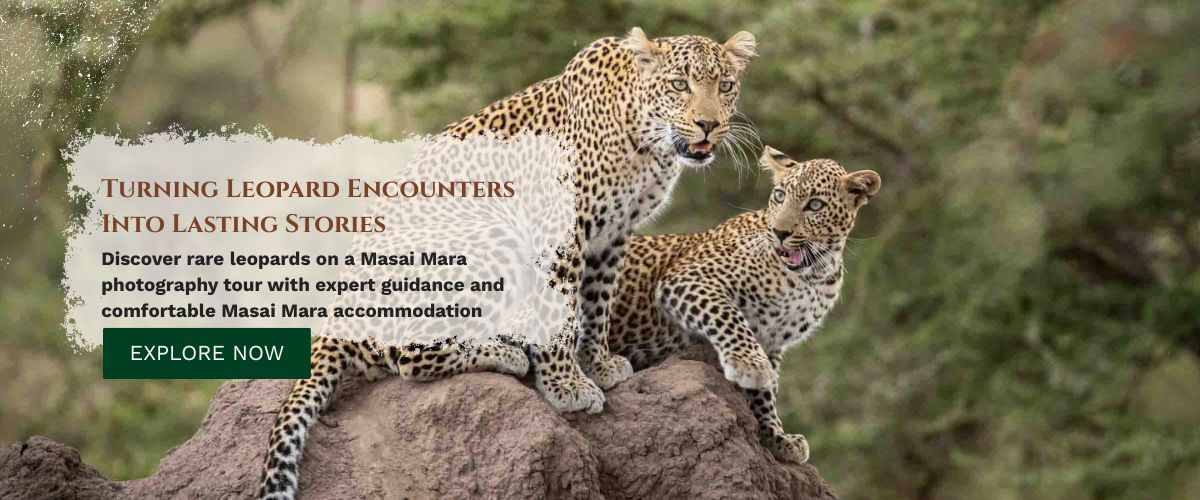Secrets of Leopards on masai mara photo safari
If capturing Africa’s most elusive predators has always been your dream, a Masai Mara photography tour offers the ultimate opportunity to make it a reality. Leopards are masters of stealth, and photographing them requires patience, timing, and insight. By staying at Mara Siligi Camp, one of the top stay, you position yourself at the heart of the Mara, close to predator hotspots, giving you the best chance to turn fleeting sightings into unforgettable stories.
On this journey, you’re not just taking photos — you’re uncovering the hidden life of leopards, learning their subtle behaviors, and discovering secrets that make every encounter uniquely yours. With the right Masai Mara photography tour package, comfortable stay, and expert guidance, your safari transforms from a simple visit into a personal storytelling adventure.
Table of Contents
- Why Leopards Are the Ultimate Challenge for Photographers
- Best Times and Locations for Leopard Sightings in the Mara
- Preparing for Your Masai Mara Photography Tour Package
- Understanding Leopard Behavior to Capture Rare Moments
- Framing and Composing Leopard Shots Like a Pro
- Gear Essentials for Tracking and Shooting Leopards
- Ethical Photography: Respecting Leopards in the Wild
- Why Mara Siligi Camp Is Your Ideal Base for Leopard Photography
- Reviewing and Enhancing Your Leopard Images
- Final Thoughts: Turning Leopard Encounters Into Lasting Stories
Why Leopards Are the Ultimate Challenge for Photographers
Leopards are incredibly elusive. Their stealth, camouflage, and solitary nature make them hard to spot — which is exactly what makes every photograph a triumph. On your Masai Mara photography tour, you’ll learn to anticipate their movements, understand their habits, and capture moments that most visitors never see.
Each sighting is a story of patience, skill, and timing. From a leopard resting high in a tree to it silently stalking prey through the golden plains, these encounters are the secret heart of your Mara adventure. Staying at a strategically located stay close to predator hotspots, giving you more opportunities to witness these rare moments up close.
By positioning yourself near key areas, taking guided drives, and leveraging the comfort and amenities of Mara Siligi Camp, you can focus entirely on photography without missing a beat. Every click of your camera can capture not just an animal, but the story of the Mara — a narrative that is uniquely yours to tell.
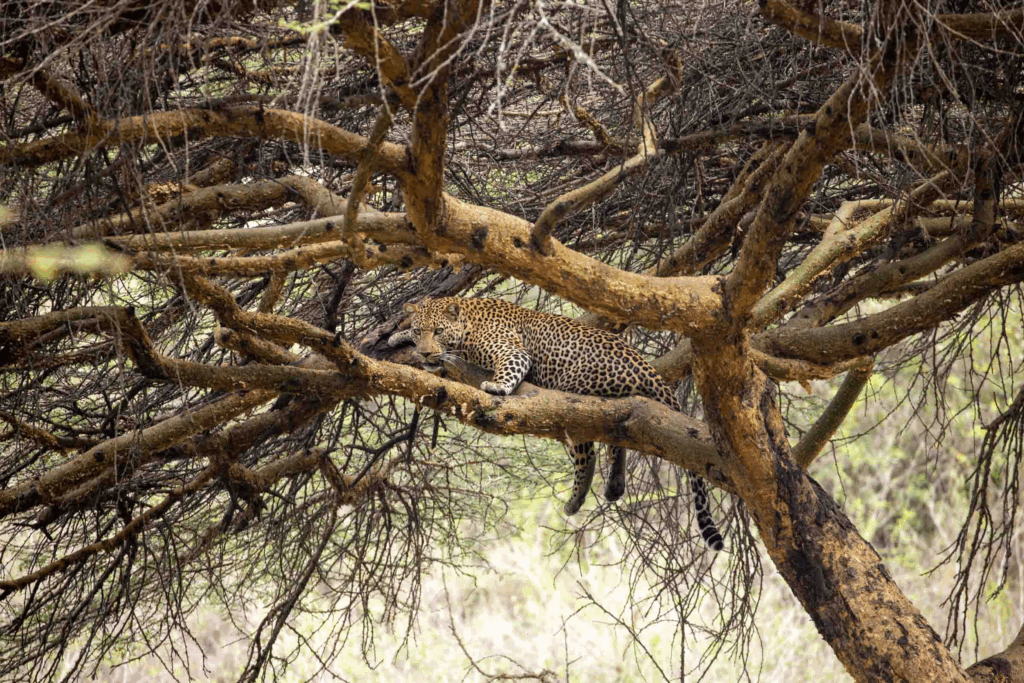
Best Times and Locations for Leopard Sightings in the Mara
If you want to discover rare leopards on your Masai Mara photography tour, timing and location are everything. Leopards are masters of stealth, and knowing when and where to find them can make all the difference in capturing those elusive moments.
Here’s how you can maximize your chances:
- Early morning and late afternoon drives — Leopards are most active during cooler hours. Sunrise and sunset offer the best opportunities for spotting and photographing them.
- Focus on predator hotspots — Staying at Mara Siligi Camp places you strategically near areas where leopards are frequently seen, giving you a head start on the perfect shot.
- Track signs in the environment — Paw prints, broken branches, or distant rustles can all hint at a leopard’s presence. Observing these subtle cues is key to anticipating action.
- Be patient and alert — Rare encounters often happen unexpectedly. By staying calm, quiet, and ready with your camera, you’ll capture moments that most visitors never see.
When you combine the right Masai Mara photography tour package with a well-located stay like Mara Siligi Camp, you position yourself for encounters that turn fleeting glimpses of leopards into memorable, story-filled images.
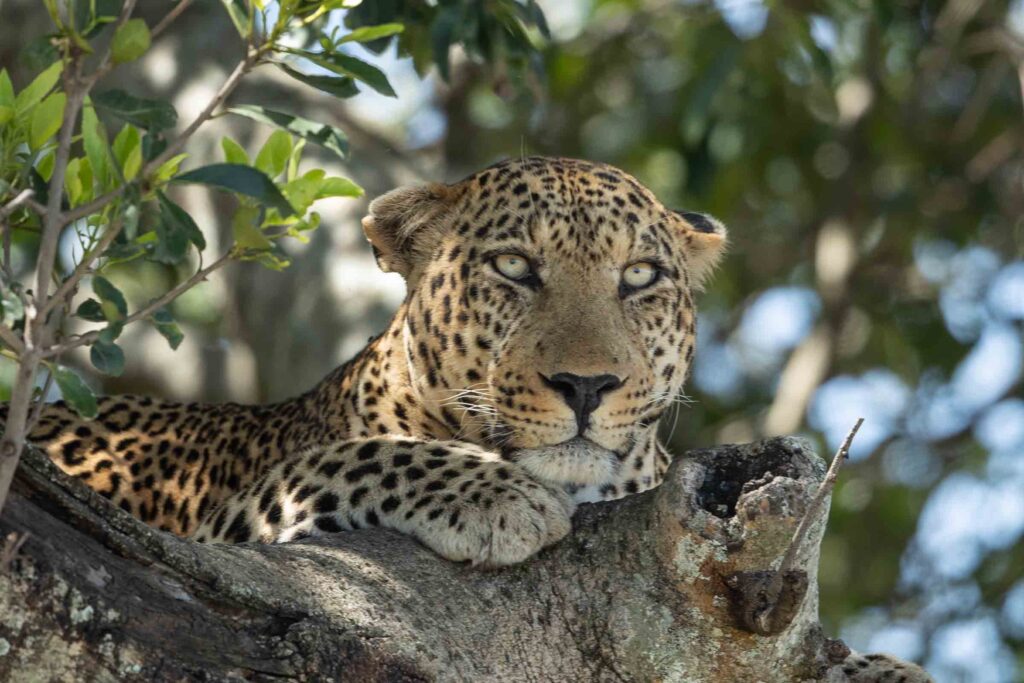
Preparing for Your Masai Mara Photography Tour Package
Not all Masai Mara photography tour packages are created equal — especially if your goal is to capture rare leopards. To make the most of your adventure and turn fleeting encounters into unforgettable images, consider these key factors when planning your tour:
- Small group sizes — fewer distractions mean better shooting angles, more time with each subject, and a more immersive photography experience.
- Expert wildlife guides — guides who know leopard territories, habits, and hunting patterns are invaluable for ensuring you’re in the right place at the right time.
- Flexible schedules — the best leopard sightings happen during golden hours, so a tour that allows early morning and late afternoon drives maximizes your chances.
- Supportive camp infrastructure — staying at Mara Siligi Camp puts you close to predator hotspots, offers quick access to the Mara plains, and provides all the comforts and amenities to review and prepare your shots.
By carefully selecting your Masai Mara photography tour package and pairing it with a well-located stay like Mara Siligi Camp, you set yourself up for encounters that are not only rare but also perfect for storytelling through your lens.
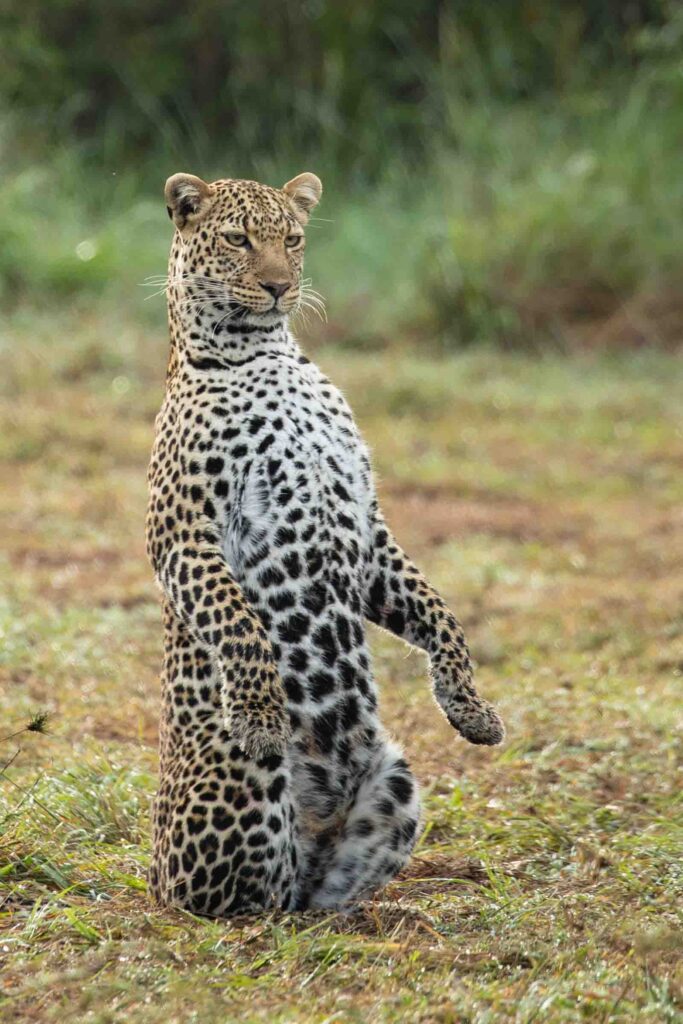
Understanding Leopard Behavior to Capture Rare Moments
Leopards are masters of stealth, and on your Masai Mara photography tours, understanding their behavior is key to capturing rare, unforgettable moments. Even when silent, their movements and gestures tell a story — and knowing how to read them gives you the edge in photographing these elusive predators.
Here’s how you can interpret leopard behavior during your tour:
- Observe patterns — Leopards often rest in trees during the day, conserving energy, and become more active at dusk. Being aware of these rhythms allows you to anticipate action rather than react.
- Watch for subtle cues — Tail flicks, focused gazes, or slight shifts in posture can indicate intent, signaling when a leopard is about to move or hunt.
- Predict without interfering — Your role as a photographer is to anticipate the moment, not to disturb it. Respecting the animal’s space ensures authentic behavior and safer encounters.
Staying at Mara Siligi Camp, positioned near prime predator hotspots, gives you the perfect base to observe these behaviors up close while maintaining comfort and access to essential photography facilities. On your Masai Mara photography tour package, combining patience, observation, and guidance allows you to turn fleeting leopard encounters into stories that are uniquely yours.
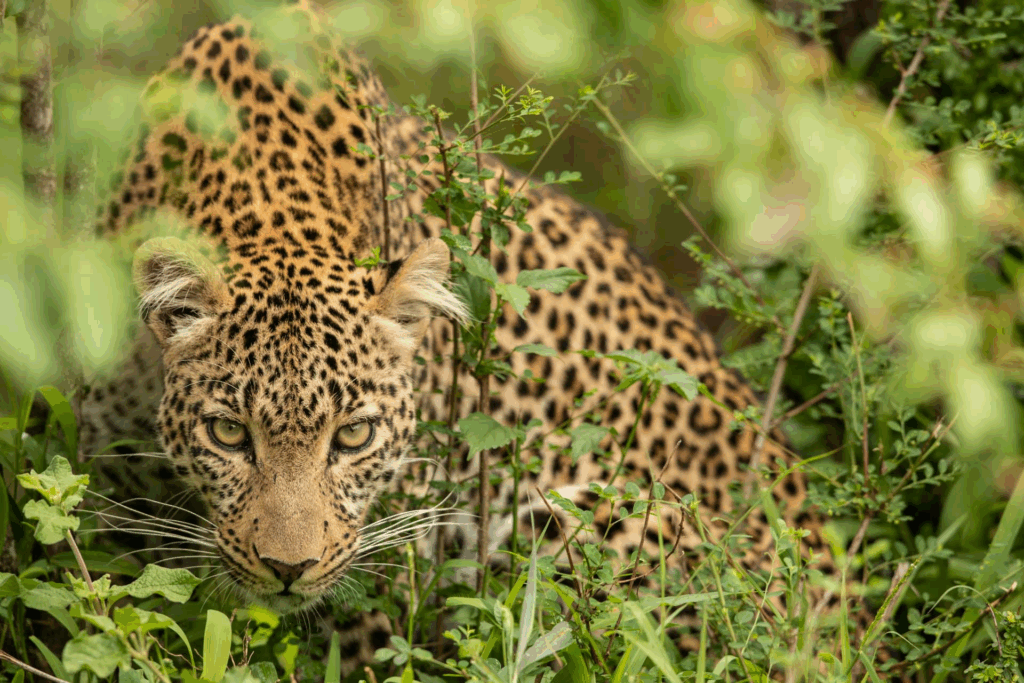
Framing and Composing Leopard Shots Like a Pro
Every leopard you photograph tells a story, and on your Masai Mara photography tours, how you frame and compose your shots can turn fleeting encounters into lasting narratives. With patience, observation, and a bit of creativity, you can capture moments that truly reflect the Mara’s wild beauty.
Here’s how to elevate your leopard photography:
- Eye-level shots — Getting on the same level as your subject creates intimacy and draws your viewer into the moment.
- Include the environment — Trees, grass, or morning mist add context, showing the leopard within its natural habitat and enhancing the story behind your shot.
- Use light creatively — Early morning or late afternoon light highlights textures, colors, and emotion, transforming ordinary scenes into cinematic images.
- Capture sequences — Don’t focus on single frames alone. Photograph the approach, the movement, and the rest to tell a complete story of the leopard’s behavior.
Staying at Mara Siligi Camp ensures you’re close to predator hotspots, allowing you to frame these rare moments without rushing. On your Masai Mara photography tour package, combining thoughtful composition, patience, and your unique perspective helps you create leopard photos that are more than pictures — they are stories waiting to be shared.
In the Mara, the rarest leopards reveal their secrets only to those who watch patiently — your lens becomes the storyteller.
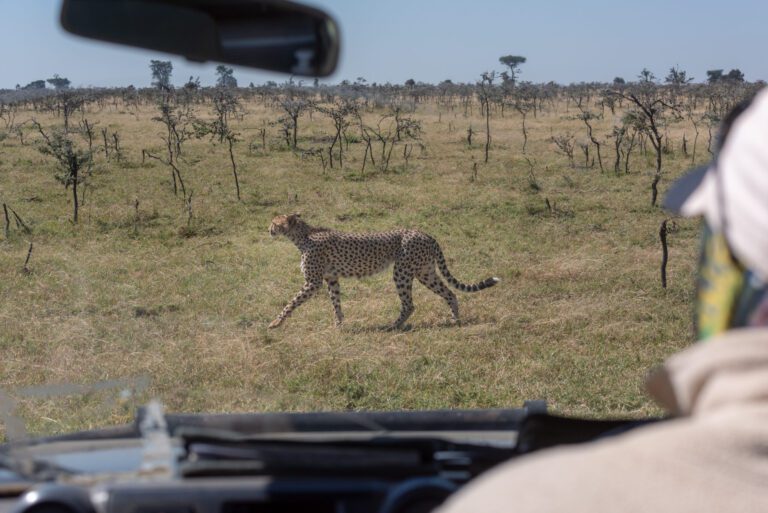
Gear Essentials for Tracking and Shooting Leopards
Capturing the elusive leopards on your Masai Mara photography tour requires both skill and the right gear. Being prepared ensures that when a rare encounter happens, you’re ready to frame it perfectly and tell a compelling story.
Here’s what you should bring on your tour:
- Telephoto lens (200–400mm) — Allows you to keep a safe distance while filling the frame with stunning detail, perfect for spotting leopards in trees or tall grass.
- Camera with fast autofocus — Leopards move unpredictably, and a quick, responsive autofocus system ensures you don’t miss critical moments.
- Tripod or monopod — Provides stability during low light conditions, early morning, or late afternoon shoots, so your shots remain sharp.
- Extra batteries and memory cards — Leopards are unpredictable, and the last thing you want is to miss a rare encounter because your gear isn’t ready.
Staying at Mara Siligi Camp means you’ll have easy access to recharge your gear and review your images between drives. With the right equipment and preparation, your Masai Mara photography tour package transforms fleeting leopard sightings into captivating stories that are entirely yours to share.
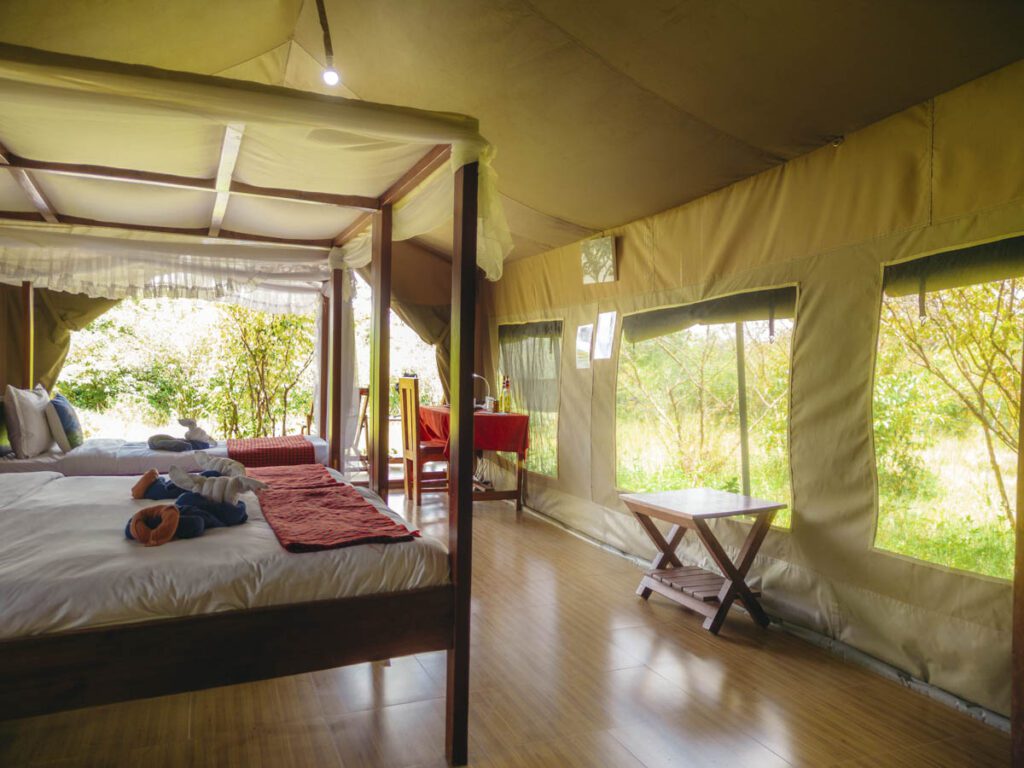
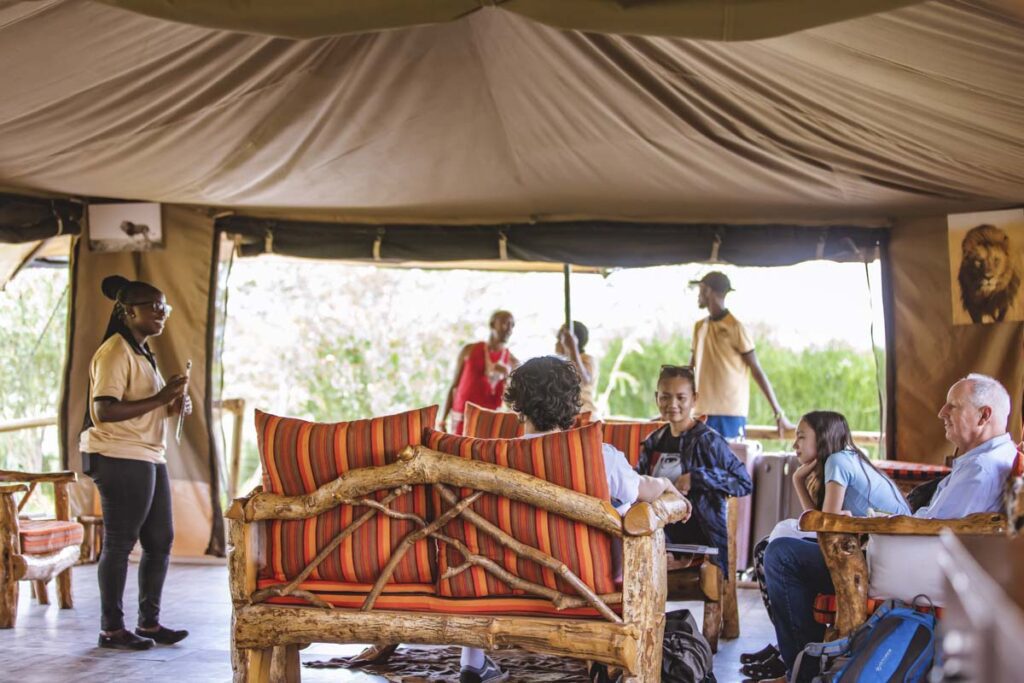
Ethical Photography: Respecting Leopards in the Wild
On your Masai Mara photography tours, your goal is to tell the story of these magnificent predators — not to disturb them. Respecting leopards’ space ensures that your encounters remain authentic and safe, while helping preserve their natural behavior for future visitors.
Here’s how to practice ethical leopard photography:
- Never approach too closely — Keeping a safe distance protects both you and the leopard, while allowing you to capture genuine behavior.
- Follow your guide’s instructions — Your wildlife experts at Mara Siligi Camp know the animals’ patterns and can guide you on when to stay put or move for better shots.
- Avoid disrupting the hunt or rest — Leopards are solitary and sensitive to disturbance. Ethical photography ensures that you witness true behavior, and that future Masai Mara photography tours continue to provide rare sightings.
By combining patience, observation, and respect, your tour becomes more than photography — it becomes a storytelling experience. With Mara Siligi Camp as your base, you can focus on capturing leopards safely and ethically while enjoying every moment in the Mara.
Why Mara Siligi Camp Is Your Ideal Base for Leopard Photography
When it comes to photographing rare leopards, your base camp can make all the difference. Mara Siligi Camp is thoughtfully designed for photographers like you, providing comfort, convenience, and direct access to the Mara’s predator hotspots.
Here’s why it’s the perfect choice for your Masai Mara photography tour:
- Close to predator hotspots — maximize your chances of rare leopard encounters without long drives, putting you right where the action unfolds.
- Comfortable tents with panoramic views — review your shots, plan your next move, and immerse yourself in the Mara’s beauty from the comfort of your tent.
- Editing and charging facilities — keep your gear ready, so you never miss a moment, and maintain a smooth workflow throughout your stay.
- Evening storytelling sessions — connect with fellow photographers, share tips, and learn from each other’s experiences.
By choosing Mara Siligi Camp, you’re not only selecting one of the best stay but also giving yourself the ideal platform to capture rare leopard encounters while enjoying all the comforts and support you need for a successful photography adventure.
Reviewing and Enhancing Your Leopard Images
After a day on your Masai Mara photography tour, reviewing and enhancing your leopard shots is just as important as capturing them. At Mara Siligi Camp, you have the perfect environment to go through your images, refine them, and prepare for the next adventure.
Here’s how to make the most of your photos:
- Select sequences — Capture the full story from approach to action to rest, showing the leopard’s behavior and movements over time.
- Adjust exposure and contrast — Bring out natural textures, colors, and the subtle beauty of the Mara’s landscapes.
- Crop thoughtfully — Emphasize your subject without losing the context of the environment, maintaining the story behind each shot.
- Create narratives — Your images should convey emotion, suspense, and the secret life of the Mara, transforming fleeting encounters into stories that stay with you.
With Mara Siligi Camp’s comfortable amenities, editing setups, and charging facilities, you can refine your work efficiently, ensuring every image from your Masai Mara photography tour package is a story worth sharing.
Final Thoughts: Turning Leopard Encounters Into Lasting Stories
Rare leopards make every Masai Mara photography tours an adventure in patience, observation, and storytelling. By choosing the right Masai Mara photography tour package and staying at Mara Siligi Camp, one of the best stay, you position yourself perfectly to capture moments most photographers only dream about.
Pack your camera, plan your drives, and let the elusive leopards of the Mara reveal their secrets through your lens. With the comfort and support of Mara Siligi Camp, you can focus fully on tracking, observing, and photographing these incredible predators.
On your tour, you’re not just taking photos — you’re crafting stories that will stay with you forever. Every rare leopard encounter becomes a narrative that is uniquely yours to share.
Because in the Mara, every fleeting moment is a story, and every story belongs to you.

FAQs – Masai Mara Photography Tour Packages
Mara Siligi Camp is strategically located near predator hotspots, offering quick access to sightings, spacious tents with panoramic views, and facilities to review and edit your photos, making it perfect for photography-focused stays.
Bring a DSLR or mirrorless camera with a telephoto lens (200–400mm), extra batteries and memory cards, a tripod or monopod for stability, and protective gear for dust and weather.
Maintain a safe distance, follow your guide’s instructions, avoid disturbing hunting or resting predators, and let the animal’s natural behavior guide your shots. This preserves authenticity and ensures safe encounters.

